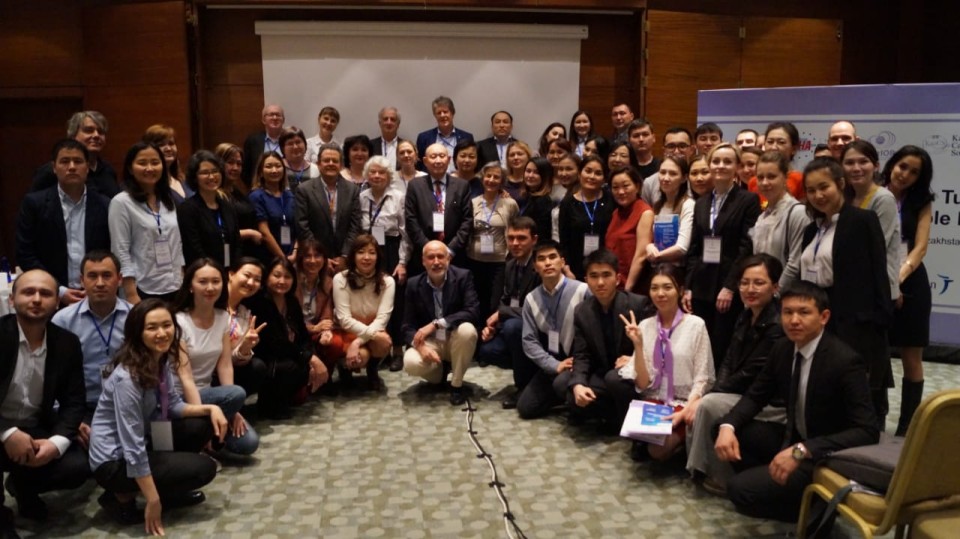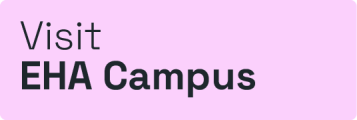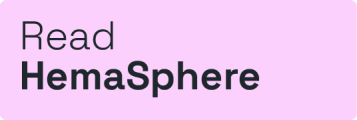EHA leads Tutorial in Kazakhstan for better understanding of lymphomas

EHA, in collaboration with the Kazakhstan Cancer Society (KCS) and Kazakh Institute of Oncology and Radiology (KazIOR), organized its very first tutorial together on March 14-16 in Almaty, Kazakhstan. Focused on lymphoma and multiple myeloma, the meeting was chaired by Gianluca Gaidano (Italy) on behalf of EHA, and Dilyara Kaidarova, Saule Gabbasova and Zaure Dushimova from Kazakhstan.
Participants from 11 countries joined the meeting to learn about:
- High grade lymphomas
- Pediatric B cell lymphomas
- Low grade lymphomas
- Hodgkin lymphomas
- Multiple myeloma
- T-cell neoplasms
- Transplantation in lymphomas
- Immunocompromised patients with lymphoma
The young hematologists from Kazakhstan and surrounding countries, eager to learn but still a bit shy to ask... Pleasure working with them at this first occasion. Should be continued.
– A Hagenbeek (faculty member)
The meeting program addressed the following meeting goals:
- to improve diagnosis and treatment of B cell lymphomas in adults and children,
- to introduce the recommendation of the treatment of T cell lymphomas,
- to educate dermatologists for the early detection of the cutaneous lymphomas, and
- to improve the diagnosis and treatment of plasma cell myeloma.
It consisted of eight sessions during which lectures, clinical cases and self-assessment cases were presented. Interaction between audience and speakers established some active learning moments.
The lectures and self-assessment cases were presented by the European faculty and clinical cases were prepared by (mostly) young local doctors. Particularly the clinical cases, highlighting procedures in Kazakhstan, led to some great learning moments, where the European faculty shared their experience with a diagnosis, and shared their ideas on how to improve in the future.
Participants went home with the understanding that there are several ways to diagnose and treat patients and depending on treatment methods available, some are more appropriate than others. It was a great learning experience for both the local faculty and attendees who were shown how to improve their diagnosis and treatment in the future. Some teaching moments even led to revised materials being prepared by the KCS and KazIOR and associations for regional doctors.
I think that all reports were extremely useful for our colleagues, we already started working on implementing some ideas which came to us during presentation and clinical cases reviews
– Z Dushimova (chair)
Participants discuss with faculty



 Back
Back